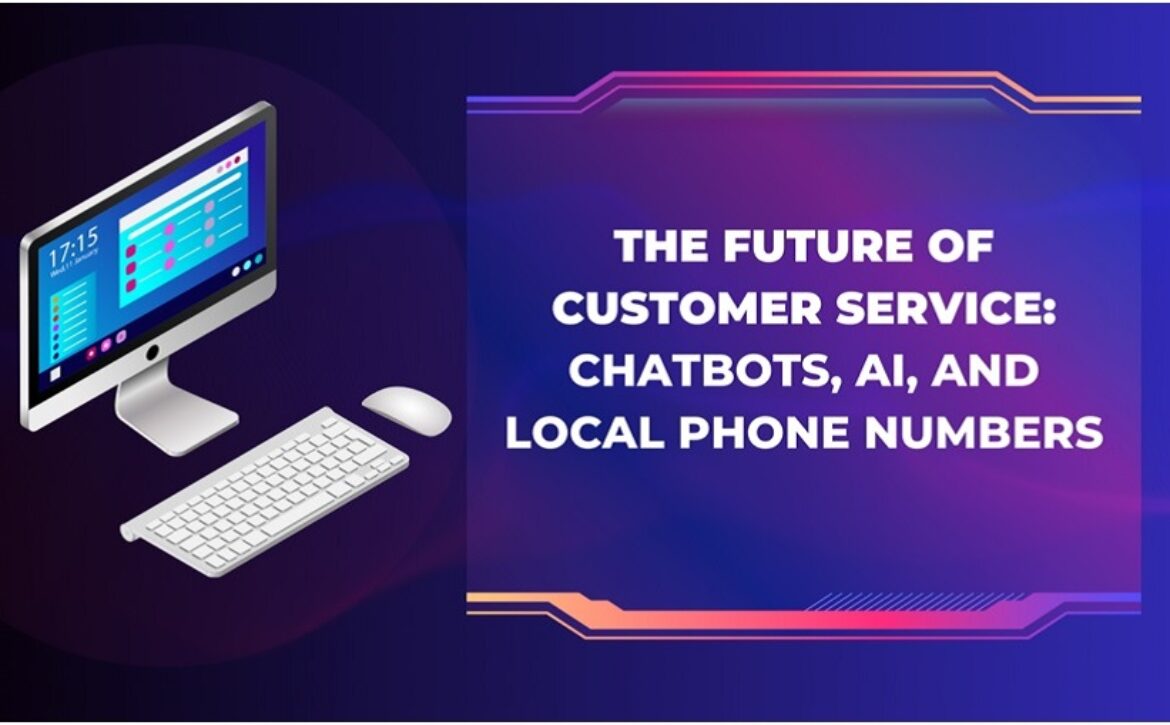Top AI Development Companies in 2025
Artificial intelligence, a restructuring cognitive technology, is modernizing industries all at once with futuristic features. The amelioration in adoption can be traced when looking at the statistics. It is highlighted that artificial intelligence will be reaching the figure of $243.75 Bn in 2025. These are statistics worth contemplation over the investment that does bring the decision-makers sight to it.
As it is known that businesses are comprehending the AI’s espousal, there might be a number of questions before the final beginning of the AI development project. That being said, it is straightforward to assume that the development process, overall development cost, and professional expertise in terms of partners would be the prioritized ones.
Since these are the aspects of consideration, you, among the AI-focused decision-makers, must be wondering about the AI development companies. Oftentimes, locating one with all the criteria checked can be arduous. However, we have solved the problem once and for all.
Our research and development team did a market analysis and evaluated the AI companies based on their portfolios, reviews on Clutch, TrustPilot, Crunchbase, and G2, case studies, and extensive experience. Right after that, we built a list of AI development companies that were shortlisted during the process as reliable partners in terms of AI integration and development.
Industry Leading AI Development Companies for Intelligent Solutions
————————————
As we built a list of these AI development services providers, we ensured to check them for compliance with regulatory guidelines. Since this list does bring forth the list of AI development partners, it is also imperative for you to comprehend your needs, have interviews based on the requirements, and then hire the selected one. For the reference for moving ahead with the process, it is time to begin the apprehension and make better decisions.
1. SparxIT
Beginning with the first one on the AI software development companies, we have SparxIT, a trusted leader in AI development. With a decade-long proficiency in building intelligent solutions worth the investment, they enable their clients to reach the leading positions in their industries.
Considering that they have 900+ experts with experience in distinctive technologies like AI, ML, AR/VR, IoT, and LLM, they bring clients valuable insights while building their AI-driven products. Their systematic approach and cognitive mindset have enabled them to stay updated on all the industry-focused technologies and deliver ameliorated solutions.
| Founded | 2007 |
| Employees | 250-999 |
| Services | AI Development, Mobile App Development |
| Location | Noida, India |
2. Azumo
Azumo, an industry leader among AI development companies, has nine years of experience building AI-powered solutions for clients looking to modernize their business models. With their 200+ professional experts in AI-powered software development, they ensure to augment the business strategies and functions to automate tedious and monotonous systems.
Since their goal is to ready businesses with futuristic solutions and welcome tangible outcomes, they have presented the businesses with a new revenue stream. This made them a reliable partner in terms of AI development and integration.
| Founded | 2016 |
| Employees | 50-249 |
| Services | AI Development, Custom Software Development |
| Location | San Francisco, CA, USA |
3. CodigoDelSur
CodigoDelSur, a trusted AI development firm, has been in the app development market for over a decade. Since their beginning, they have focused on presenting their clients with ever-evolving innovations worth the investment.
Among the many, their inclination towards offering clients AI, ML, IoT, and AR/VR has brought them among the restructuring partners of the intelligent technology industry. This being said, they have ensured that their clients are satisfied with the cognitive AI-powered solutions they present while meeting their expectations.
| Founded | 2007 |
| Employees | 50-249 |
| Services | AI Development, Mobile App Development |
| Location | Montevideo, Uruguay |
4. STX Net
STX Net, a pioneer among AI development companies, has an extensive 20 years of experience. Their professional AI experts often bring clients valuable insights into the context of their industry to modernize their business solutions.
With 900+ experienced experts, they assist businesses in integrating AI into their existing systems or aligning the AI-powered solution to match their project needs and requirements. Such a dedication towards clients has placed the STX Net among the top AI development firms.
| Founded | 2005 |
| Employees | 250-999 |
| Services | AI Development, Web Development |
| Location | Poznań, Poland |
5. HatchWorks AI
HatchWorks AI is an industry-leading AI development company with an intricate understanding of intelligent technologies like ML, IoT, AR, and VR. Their systematic approach and communication standards have allowed them to enable restructuring for businesses planning to generate investment-worthy outcomes.
With 950+ experts in the team, they have delivered over 250+ successful AI-centric projects, driving positive revenue growth. Since they focus on modernizing business models, their approach to transformation has made them among the renowned AI development choices.
| Founded | 2016 |
| Employees | 250-999 |
| Services | AI Consulting, AI Development |
| Location | Atlanta, GA, USA |
6. Yalantis
Yalantis, a reputed leader among AI software development firms, has delivered more than 350+ projects, resulting in satisfied clients. As they have 800+ professional experts with distinctive technology knowledge and industry-focused experience, they ensure to bring forth valuable insights worth the investment.
Considering that they focus on strengthening the client-company bond, they rely on communication and aligning the AI model as per the client’s needs. Such a focused approach not only allows them to build better relationships with clients but also gain worthy reviews for future references.
| Founded | 2008 |
| Employees | 250-999 |
| Services | Custom Software Development, AI Development |
| Location | Warszawa, Poland |
7. Tooploox
Tooploox is a premier AI and ML development company with extensive experience in building software focusing on a futuristic outlook. This Poland-based AI development company has guaranteed its clients with future-ready solutions. With 200+ experts, they bring forth the best out of the talent pool and ensure the transformation of the AI development game.
Since their approach toward building intelligent solutions is centered on following the mandated needs of the clients, they have received appreciation for placing them on the list of top AI software development companies.
| Founded | 2012 |
| Employees | 50-249 |
| Services | AI Development, AI Consulting |
| Location | Wrocław, Poland |
Conclusion
As we wind up the list of top AI development companies, we hope that our research proves to be a success for you in terms of locating the right and reliable development partner. While doing so, make sure to follow a systematic approach while conducting interviews, skimming through portfolios, and assessing the expertise. As a decision-maker, assess the criteria and check tick on all requirements before hiring an AI development company.








 Creating a website design using AI Art and ChatGPT is not a novel idea. It is in play, and currently, several websites on the internet are using
Creating a website design using AI Art and ChatGPT is not a novel idea. It is in play, and currently, several websites on the internet are using 
